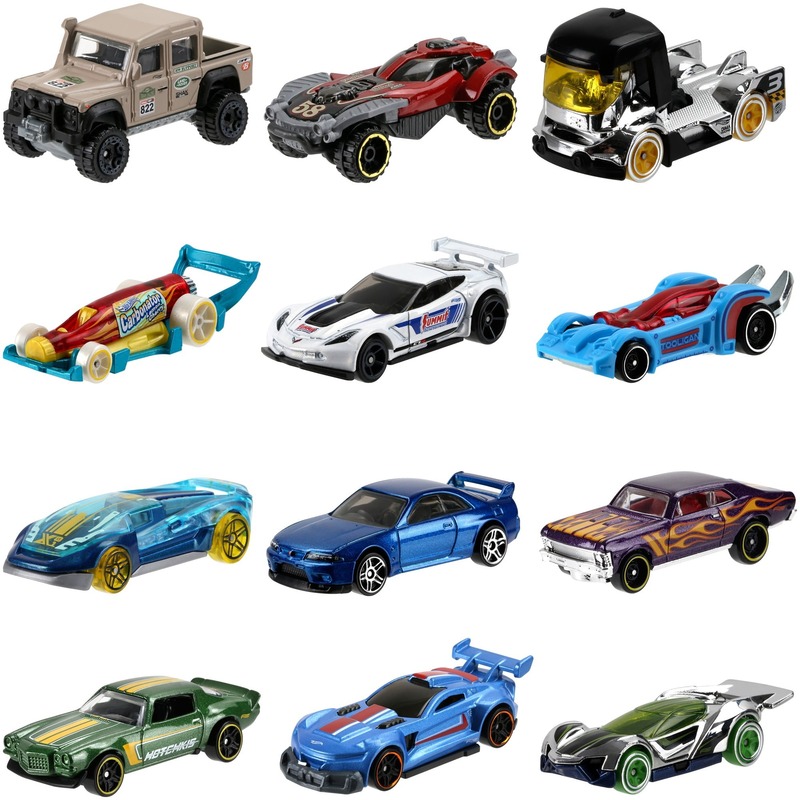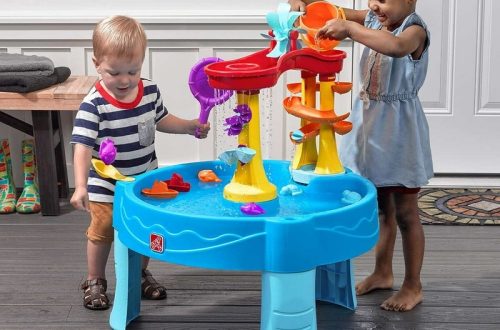A Brief History of Model Toy Cars
The journey of model toy cars began in the early 20th century. Manufacturers first designed them as simple, affordable versions of real cars for children. Over the years, these miniature vehicles evolved from basic tinplate and wood models to more sophisticated designs.
The Evolution from Playthings to Collectibles
As time passed, model toy cars gained complexity and detail. What started as toys for kids to play with on living room floors became sought-after collectibles for adults. This shift from playthings to collectibles took place over several decades. Collectors began to appreciate the craftsmanship and historical value of model toy cars. They started to seek out rarer models and limited editions, leading to the rise of a vibrant collector’s market. The transition also saw the creation of replica models, accurate down to the minutest detail, often aimed at the adult collector who appreciates precision engineering and the nostalgia of historic automotive design. This passion for collecting model toy cars has led to the establishment of fan clubs, forums, and even dedicated model car shows that celebrate the hobby.
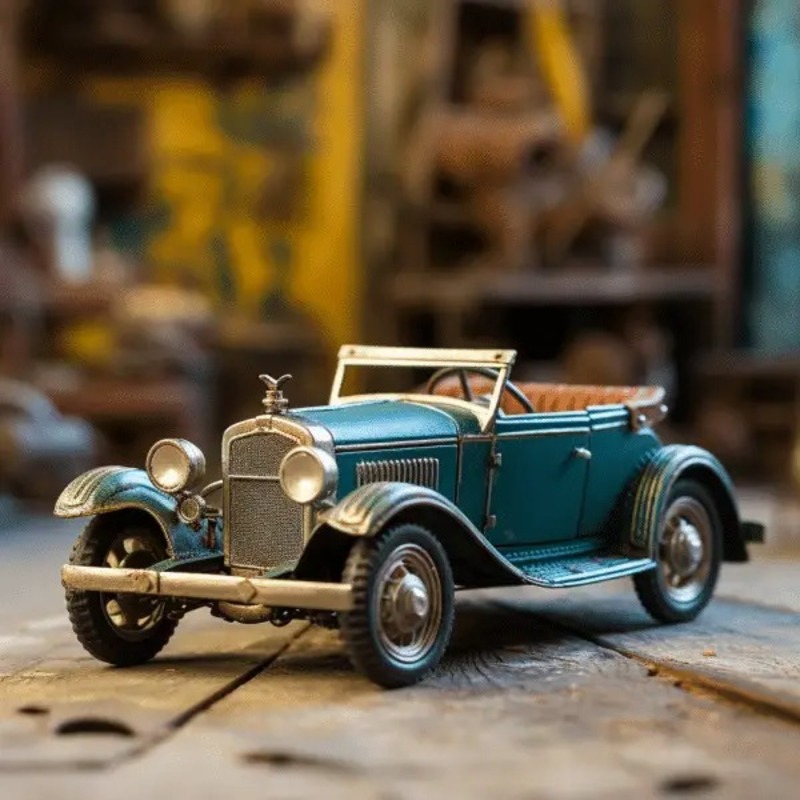
Different Types of Model Toy Cars
Model toy cars come in various forms, each appealing to different tastes and preferences. Understanding these different types is fundamental for any budding collector. Here we describe some popular categories that you might consider adding to your collection.
Die-Cast Models
Die-cast model toy cars are among the most popular with collectors. These models are made using a metal casting method that produces precise and durable items. Manufacturers often use zinc alloy, giving these toys a substantial feel and a high level of detail. Collectors value die-cast cars for their realism and the variety available, from vintage cars to the latest supercars.
Remote Controlled Cars
For those who enjoy both collecting and interactive play, remote controlled cars offer the best of both worlds. These battery-operated model cars can be driven using a remote, offering hours of fun. They range from simple, child-friendly designs to high-end models with impressive speeds and sophisticated controls that appeal to adult hobbyists.
Scale Models
Scale models are precise replicas of real-life vehicles, scaled down to a smaller size. Collectors often focus on a specific scale, such as 1:18 or 1:64. The scale indicates the size comparison to the actual vehicle. These models are prized for their accuracy in design and detail, with some models featuring operable parts like doors and hoods.
Slot Cars
Slot cars are unique in that they are designed to race on tracks with grooved slots. These electrically powered cars offer a blend of collecting and racing excitement. Collecting slot cars involves both acquiring the cars themselves and the elaborate tracks on which they race. It introduces an aspect of sport to the hobby, with many collectors enjoying the thrill of competition.
Whether you’re drawn to the detailed craftsmanship of die-cast models, the interactive thrill of remote controlled cars, the precision of scale models, or the racing aspect of slot cars, the world of model toy cars offers something for every enthusiast.
Starting a Model Car Collection
Starting a model car collection can be a rewarding hobby. It combines the joy of collecting with a passion for automotive history. But where do you begin? The first steps involve selecting your initial pieces and understanding the various scales and brands that define the model car world.
Selecting Your First Piece
Choosing your first model toy car is an exciting moment. Aim for a piece that stands out to you. It might be a car you have always admired or one that reminds you of childhood. Look for quality and detail in your first purchase. This sets the standard for your collection as it grows. Begin with a piece that is well-crafted and within your budget. You can’t go wrong with a die-cast model for its durability and detail. For fun and interactive play, consider starting with a remote controlled model.
Understanding Scales and Brands
The scale of a model car is its size relative to the real vehicle. Common scales include 1:18, which is larger, and 1:64, which is smaller. Smaller scales allow for larger collections in limited spaces, while larger scales offer intricate detail. Brands like Hot Wheels are notable for their wide range of 1:64 scale cars, while brands like AutoArt offer detailed 1:18 scale models. Research brands to find ones that suit your style and preference. Look for brands known for quality and accuracy. This knowledge will guide you as you expand and refine your collection.
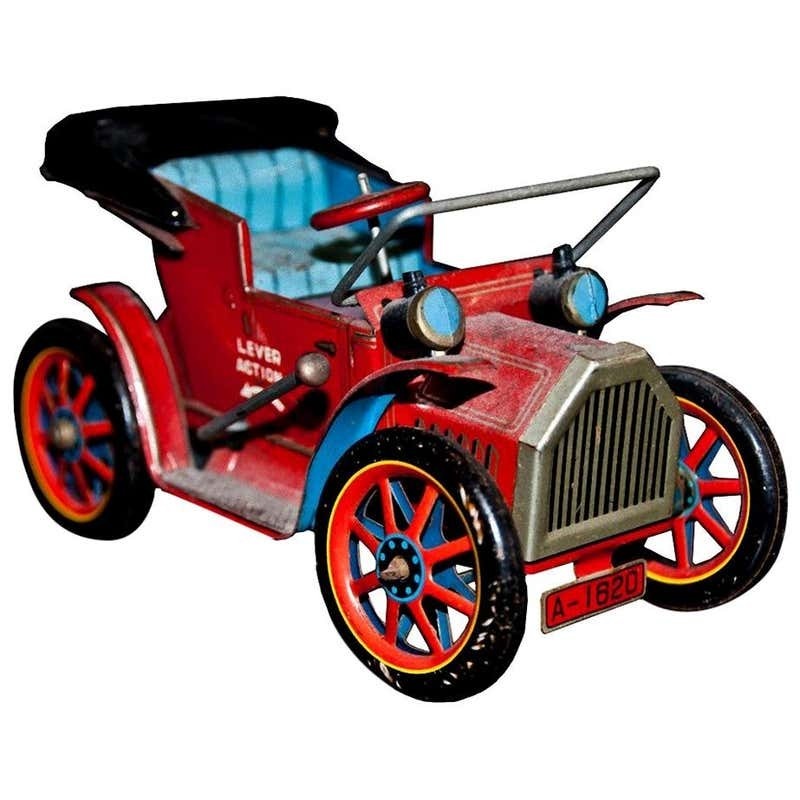
Where to Buy Model Toy Cars
Finding the right place to buy model toy cars is key for collectors. You can find them at various retail spots or browse online for broader options. Here’s where to start your search.
Retail Outlets and Specialty Stores
Look for local hobby shops or specialty stores. They often carry a wide range of model toy cars. Visiting these stores, you can see details firsthand, and staff can help answer questions. You might also find rare items in these shops. Big retail chains might have model cars too, but they usually offer less variety.
Major cities often host stores dedicated to die-cast models. These stores specialize in specific brands or scales, perfect for refined tastes. Make sure to join store mailing lists for updates on new stock and special deals.
Online Marketplaces and Auctions
Online marketplaces offer a vast selection of model toy cars. Sites like eBay and Amazon are good starting points. You can find new, used, and rare models from sellers worldwide.
Auctions, both live and online, are great for finding unique or vintage pieces. Check the seller ratings and item descriptions carefully to avoid fakes.
When shopping online, factor in shipping costs and return policies. Ensure the online store or auction site has good customer support for any issues that may arise.
By exploring both local stores and online options, you can build a diverse selection for your model toy car collection.
Caring for Your Collection
Once you’ve begun to build your collection of model toy cars, preserving their condition is crucial. Proper care will ensure your models retain their beauty and value over time. This part of the guide covers essential tips for display and storage, as well as maintenance and cleaning.
Proper Display and Storage
Choosing the right display and storage for your model toy cars is key to protecting them. Here are some steps to follow:
- Use Display Cases: Dust-free display cases protect your cars from dirt while allowing visibility.
- Avoid Direct Sunlight: Sunlight can fade paint and details. Place your cars away from direct sunlight.
- Control Temperature: Extreme temperatures can harm the models. Store your collection in a room with stable, mild temperatures.
- Consider Security: Use cases or shelves with locks if your collection includes rare or high-value pieces.
- Organize by Category: Group your cars by type, brand, or era to create an organized and visually appealing display.
Maintenance and Cleaning Tips
Keeping your model toy cars clean and in good condition requires regular maintenance. Implement these tips:
- Gentle Dusting: Use a soft brush or microfiber cloth to dust your cars gently.
- No Harsh Chemicals: Avoid using strong cleaners that could damage the paint or parts of your models.
- Regular Checks: Periodically inspect your collection for signs of wear or damage.
- Update Display: Rotate cars in and out of your main display area to prevent long-term exposure to the same conditions.
The value of your model toy cars doesn’t just lie in their monetary worth, but also in the enjoyment and satisfaction you get from the collection. Taking the time to care properly for your treasures will pay off, preserving their condition and ensuring they last for years to come.
The Community and Culture of Collecting
Collecting model toy cars goes beyond owning a set of miniatures. It connects people with similar passions. Many collectors find great joy in being part of a larger community. This community celebrates the art of collecting and the love for automotive marvels. This section explores the outlets that bring collectors together.
Clubs and Online Forums
Clubs dedicated to model toy car enthusiasts flourish worldwide. Members meet regularly to share their latest finds, trade pieces, and gain insights. Some notable clubs have national or international chapters, offering wide networks of contacts. Online forums are another hub for collectors. Here, you can interact with others 24/7, discuss various brands, and get advice on caring for your collection. These platforms make it easy to join the conversation no matter where you are.
Events and Trade Shows
Events and trade shows are the heartbeats of the collecting world. They offer an opportunity to see rare and valuable model toy cars up close. These events often feature new releases, and they’re excellent for meeting fellow collectors. Trade shows allow hobbyists to buy, sell, or trade items, making them a key spot for enhancing one’s collection. Plan your visit to a local or international event to immerse yourself in the vibrant culture of model car collecting.
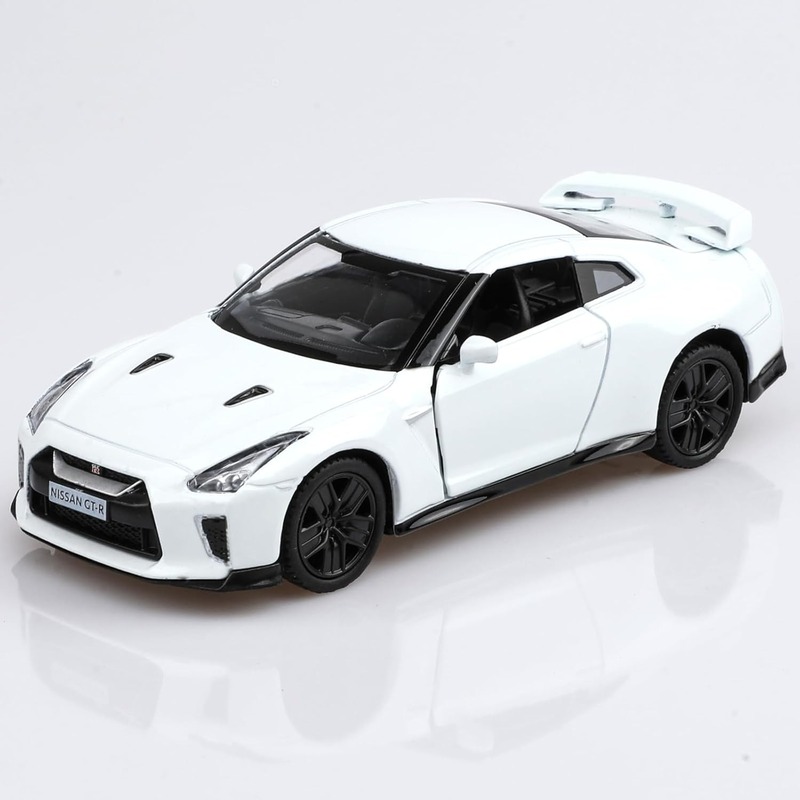
Valuation and Selling Tips
Once your collection of model toy cars has grown, you might think about their value. Maybe you plan to sell some pieces. Here are some tips on how to value and sell your model cars.
Determining the Value of Your Model Cars
To figure out what your model toy cars are worth, consider these factors:
- Check the Condition: The better the condition, the higher the value. Mint condition cars are worth the most.
- Rarity: Rare models often fetch higher prices. Look for limited editions or discontinued models.
- Demand: Some models are more popular among collectors. High demand can drive up prices.
- Authenticity: Ensure your car is genuine. Fakes or replicas usually have less value.
- Original Packaging: Cars in their original boxes can be worth more.
- Historical Significance: Older models with a story often have added value.
Do online research for prices of similar models. Use auction sites to see what others are paying. Check out price guide books or talk to experts at trade shows.
Best Practices for Selling
When you’re ready to sell your model toy cars, follow these steps:
- Set Realistic Prices: Base your prices on current market values. Don’t overprice.
- High-Quality Photos: Take clear, detailed photos from multiple angles. Show any imperfections.
- Detailed Descriptions: Be honest about the condition and history. Buyers like transparency.
- Choose the Right Platform: Use reputable marketplaces or auctions. Consider regional collector clubs.
- Ship Carefully: Pack the cars well to avoid damage. Use insurance for valuable items.
Selling some of your collection can be tough. But the right sale brings satisfaction. It ensures your prized cars go to another enthusiast who will value them as much as you do.
